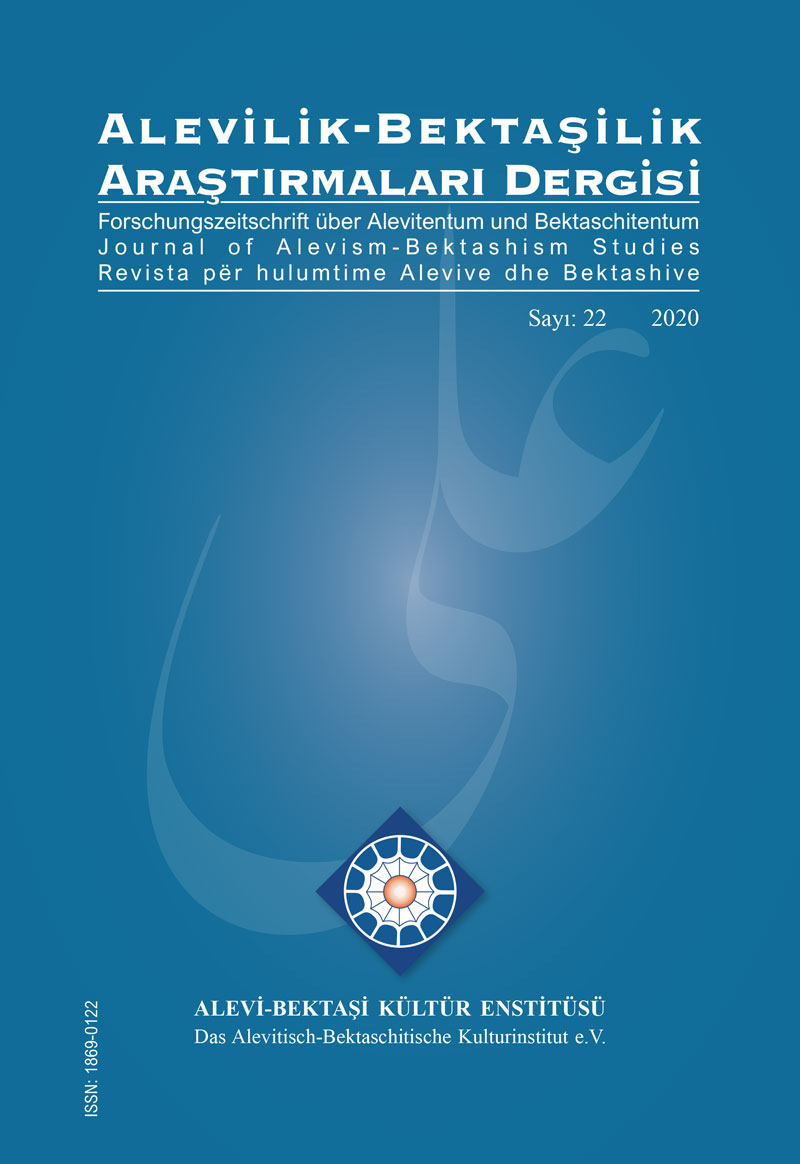Miracles in Alevi-Bektashi Belief
DOI:
https://doi.org/10.24082/2020.abked.294Keywords:
Alevism-Bektashism, velis’ miracles, menkabe, veli, ocakAbstract
In the Sufism tradition, the miracle (keramet) is used in the sense of the emergence of an extraordinary state in a person without being related to the prophetic claim. The concept of miracle emerged with the veli (a saint) belief in the Sufism, and over time, it has become an integral part of it. According to the belief, velis’ miracles performed while they are alive or after they died, are considered as a blessing from God.
These miracles performed by those who have reached the veli status has been brought together in the works called menakıbname in our literature. Menkabe or velis’ miracles are important in terms of reflecting the dark aspect of our history and belief and thought structure of our society, imagination world, life style, just like epics, stories, legends, fairy tales, etc. within folk literature. However, there is a different aspect of velis’ miracles than other types. Because these texts have the function of educating members of society in religious and ethical terms, as well as illuminating the dark aspects of history, they should be emphasized in terms of reflecting the intensity of people’s feeling at the highest level and reinforcing the commitment to the path.
Important works have been done on velis’ miracles, which are among the products of the Islamic period of Turkish culture. However, it has been determined that people still continue to create and tell miracles about the religious greats they have seen in the rank of veli. These velis’ miracles, that we often encounter in the Alevi-Bektashi tradition, are told with great conviction among talips.
This study focuses on the miracles believed to be performed by individuals, seen as velis in the Alevis-Bektashi tradition, while they were alive or after their death. The miracles that were taken into consideration are shaped around velis who lived in the near past, so their influence on the community is still ongoing, and were identified from oral and written culture. These velis’ miracles performed by pirs, ocakzades, anabacıs or the highly-appreciated person of the community were analysed primarily in terms of the origin of their contents and their motifs. In addition, the meaning and importance of these miracles and their role in maintaining paths and erkan (rules) in religious and sociocultural life are emphasized within the framework of the functionalist theory of folklore.








